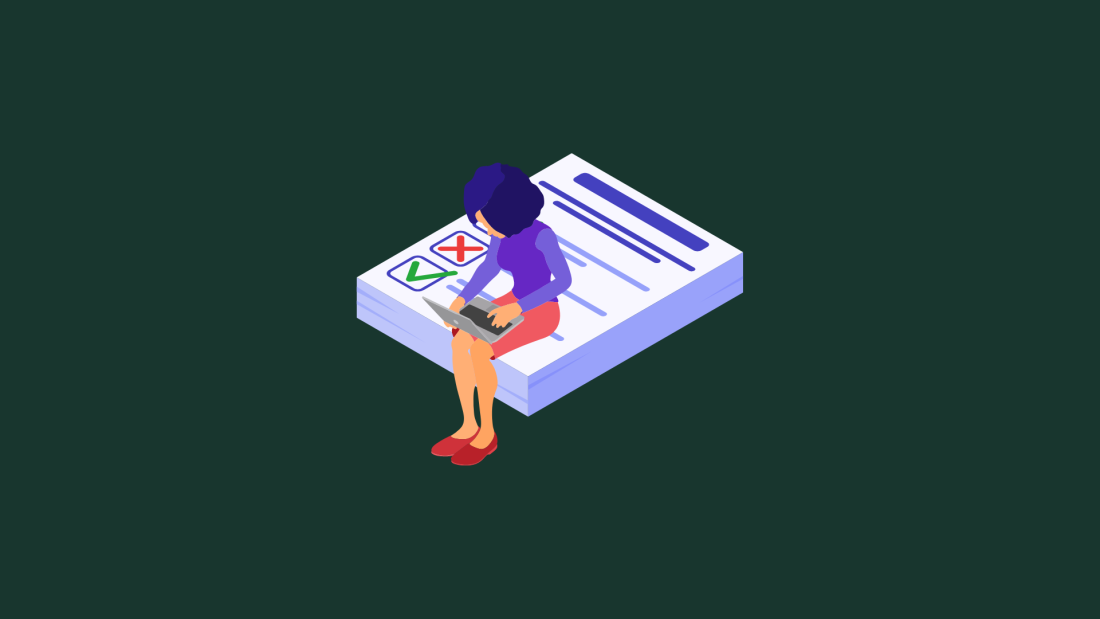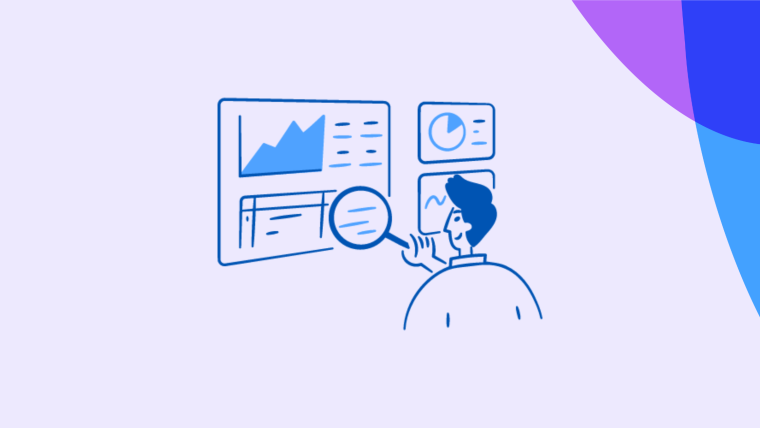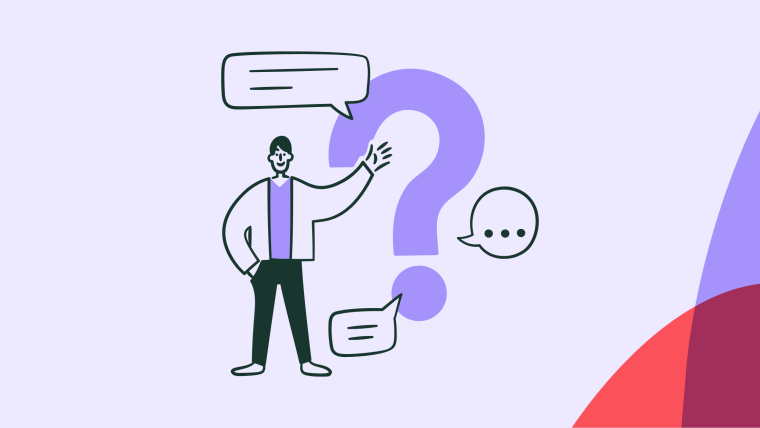Survey bias comes in many forms and it can drastically affect your product growth decisions if your data falls victim to it. In this article, we’ll look at the five different types of survey bias a product manager needs to be aware of, and share ways you can minimize this bias in future product surveys.
We’ll also cover a definition of survey bias, five types of survey bias to account for and their examples, types of surveys that are most vulnerable to bias, and tactics to stay objective while running product surveys.
Survey bias can be intentional or unintentional, and has the power to void entire response cohorts.
This article focuses on bias surrounding in-app surveys and tactics you can use to survey your users without initiating bias—to whatever degree.
The types of survey bias include question bias, response bias, sampling bias, data collection bias, and analysis bias. To help you understand these, we’ve collected some mock-up survey bias examples.
The best way you can avoid potential bias is by building internal, diverse teams to support the process. This way, you can ensure that each product survey you create is relevant, contextual, and bias-free.
What is survey bias
Survey bias is when the survey maker, survey taker, or survey analyst is susceptible to bias for a factor beyond their control. Survey bias can be intentional or unintentional, and has the power to void entire response cohorts.
For this article, we’ll be focussing on bias surrounding product surveys, and share ways you can survey your users without initiating bias—to whatever degree.
Types of survey bias do you need to be aware of (plus examples)
The most common types of survey bias to be aware of are:
Question bias
Response bias
Sampling bias
Data collection and analysis bias
To help understand these, we’ve created some mock-up survey bias examples. You should walk away from this article with a much clearer idea of how you can collect product feedback that’s as accurate and true as possible for better product decisions.
Types of survey question bias
Out of all the types of survey bias, question bias is probably one of the easiest ones to avoid. Question bias is when you deliver survey questions that will affect how the survey taker will feel or react to the questions being asked, in turn affecting their answers and making them not wholly accurate.
The aim of most in-product surveys is to earn neutral responses from your reader. For this, you’ll need to eradicate any up-front interviewer bias, leading questions, and deliver questions and response options that are as true as possible.
Types of questions that lead to bias include the following.
Double-barreled questions: Occurs when questions are two questions rolled into one and only give limited answers.

Double negative questions: A double negative makes a positive (normally). This can be a complicated game for survey takers and it could lead to incorrect answers.

Jargon-packed questions: Industry jargon can limit someone’s understanding of what you’re trying to say - even if they’re in your target audience.
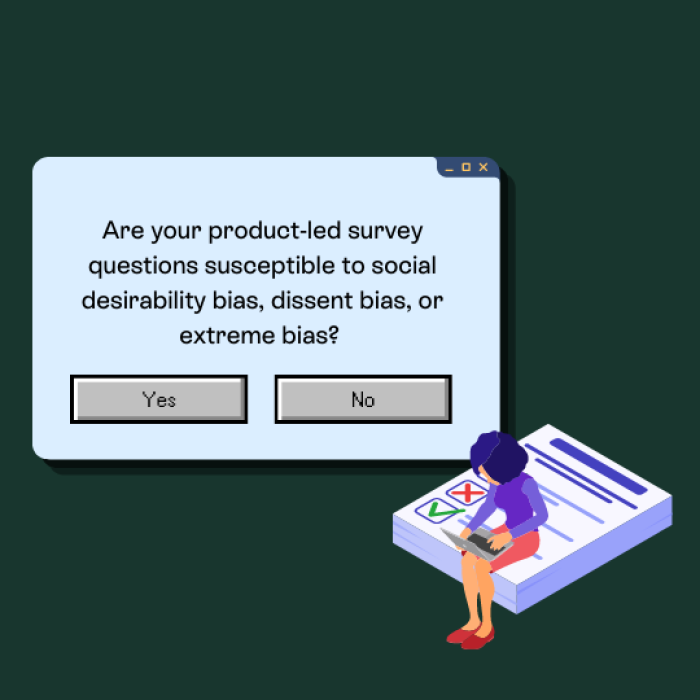
Leading or loaded questions: Presume something about the survey taker’s response and seemingly try to make their answer easier.

Product surveys can fall victim to a loaded question if a SaaS team formulates a question like this:
How much are you enjoying our product?
Who’s to say someone is enjoying it at all?
Okay, that’s survey question bias covered, now let’s get into response bias to look out for when you want to collect data that proves useful and accurate for your team.
Types of survey response bias
Unlike question bias, survey response bias can be a little trickier to combat. Survey takers are susceptible to eight types of response bias. Let’s explore what they look like.
Demand bias: It happens when a survey taker tweaks their answers because they have too much context around the results the survey taker is looking for. Also known as demand characteristics, demand bias occurs most when the survey respondent has a special affiliation with the brand or survey conductor, or can see live results.

Social desirability bias: Occurs when a survey respondent wants to give positive answers in an effort for them, or the group they’re representing to be liked. This is often the case when they know their survey results are going to be published and may affect themselves or the community they represent.

Dissent bias: This happens when survey takers repeatedly give negative answers, unintentionally or not. These inaccurate answers occur most when you’ve ruffled the feathers of the survey taker in the intro. It can also occur when your negative response options are always on the same page in the survey they’re quickly flying through, or if a question isn’t clear enough.
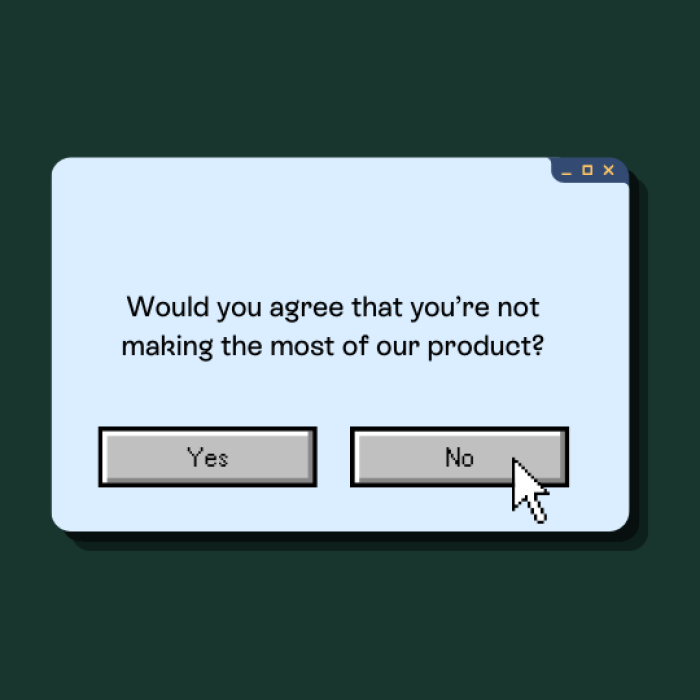
Agreement bias: It’s in our nature to agree, so if your survey is constantly implying that the respondent agrees, then they’re more likely to do so. However, agreement bias, also known as acquiescence bias, can also occur like dissent bias: if your positive/yes answers are in the same place on the page every time and someone wants to get through your survey quickly.
For example, this can occurs within a customer satisfaction survey if a product team is biased.

It’s worth noting that dissent and agreement biases are very similar to primacy bias, which is when a survey taker picks from the first few answer options due to survey fatigue.
Extreme bias: Occurs when using Likert scale options. It’s when people are more prone to picking one extreme or the other. For example, on a scale of 1-10, they’re more likely to pick 1 or 10, rather than consider a middle ground.
Neutral responding: On the other hand to extreme bias, neutral responding occurs when someone is constantly replying passively to your Likert scales. This could be because they don’t feel particularly strongly about the question, or your scale does not give enough range, e.g. offering only a 1-3 scale.

Personal bias: This user sentiment comes into play when your survey respondent's personal interests, beliefs, or passions are on the line. If you strike a chord with your respondent, they’re more likely to respond extremely in order to protect or justify something.

Non-response bias: It does what it says on the tin. This occurs when someone doesn’t respond to a survey. This could be due to a technical issue, or because someone is simply too disinterested in the topic, or doesn’t have time/incentive.
Look at us, flying through things! That’s product survey response bias covered. Let’s move on to sampling bias.
Types of sampling bias
As far as survey bias goes, sampling bias is relatively easy to avoid, it tends to be more of a technical fix rather than a psychological fix.
Sampling bias is when you have a sampling error, meaning your survey has not gone out to the full sample of candidates you need it to go to—for whatever reason. This can massively affect your product decisions when you want to analyze data.
Technicalities aside, there is one area of sampling bias that you can actively control.
Recency bias: Occurs when survey takers give prominence to something that has just happened to them, rather than something that happened a long time ago. This can happen if your product survey questions are not sent timely enough to your sample audience.
💡 Pro tip: You can avoid recency bias by automating your in-app surveys to be trigger-based; meaning they are fired when someone completes a particular action within your app.

Webinar Recording: Find Hidden Insights in Survey Feedback
Learn all about the good vs. bad survey questions, understand the sentiment behind your user feedback (and why your passive comments are golden), and discover a new way to look at data through the lens of aspect-based sentiment analysis.
With SaaS, every survey sample has a specific goal and typically enables product teams to better understand their ICP. However, a product team will receive biased responses if they’re only getting answers from limited user segments, and not their entire audience. You avoid sampling bias when you target the right users.
Of course, this doesn’t mean that your survey needs to go out to everyone. It still needs to be sent to a group of survey takers within your ICP.
However, ensure that everyone within your target audience has the same access to your survey. What’s more, give everyone’s answer the same weight when it comes to handling and digesting your data.
Types of bias in data collection and analysis
Bias doesn’t end in the collection process, it can be rife in analysis, reporting, and data collocation as well. Survey research is susceptible to a few different types of bias when it comes to data collection and analysis.
Let’s take a look at these types in more detail.
Citation bias: Occurs when your data uses the results of other data. If it’s not conducted by you, then the data may already have fallen victim to one or more of the areas we’ve already explored.
Time lag bias: Occurs when survey data is collected and takes too long to process from when you started the survey that it can no longer be considered accurate data.
Automation bias: Occurs when humans favor results from systems over manual findings. Automation bias can also occur when AI is given an already biased data set to work with, and therefore escalates and creates biased findings.
Language bias: Occurs when survey responses and user feedback are not submitted in a language the survey makers are familiar with and are therefore disregarded.
As we can see, reporting bias is not only a human measurement error but can also be due to the machines we rely on.
Which type of survey is the most affected by bias?
There’s not one type of survey or data collection method that falls victim to survey bias more than others. If you’re looking for valuable answers that are free of bias then you’ll need to focus on your questions, survey respondents, analysis, and tech.
A few types of feedback collection that may be slightly more susceptible to bias are:
Face-to-face interviews
Focus groups
Panel interviews
The trend is that these types of survey feedback require human-to-human interaction. Not only are they tricky to scale, but they also put survey respondents in a tougher situation to be wholly truthful.
Now, let's look at the survey types that can help you avoid bias.
Which types of surveys to use to avoid bias
Even though practically every survey can be prone to bias, depending on how you formulate questions, how large or small is the size of your sample, and how you process and analyze feedback, there are certain types of surveys you can use more confidently to avoid any type of bias.
A few types of feedback surveys that may be less susceptible to bias are:
In-product surveys: These are typically short, relevant, and contextual surveys. You can use them to collect user feedback directly within your product, as users are interacting with it.
Email surveys: These are typically longer, and you can use them for broader customer feedback
Anonymous online surveys: These can be suitable for audience research, market and competitors insights, and product discovery
These types of user surveys are all scalable while giving your survey the best chance of being free from bias.
Let’s focus on in-product surveys here, as these are typically the most contextual ones. Plus, you can use them at different stages of your user journeys to ask the right questions at the right time, and, therefore, collect meaningful and more accurate feedback.
At Chameleon, we call them Microsurveys. Micro—because they often include a single question with a multiple-option answer or an open-form type of answer. Due to being contextual and succinct, our Benchmark Report shows that Microsurveys have a 60% completion rate.
You can easily create a Microsurvey with Chameleon’s Builder, customize it to fit your brand style, target the right user segment, and have it appear on a page triggered by a certain action a user completes. You can then track its performance in the analytics Dashboard, and add to your feedback loop that impacts your further product development.
If you need additional answers from your users, you can always add another step to your Microsurvey to better understand their previous answers. In fact, our Benchmark Report also shows that 41% of survey respondents are likely to answer an additional question.
Here's a mock-up example of a Microsurvey built with Chameleon, along with response analytics.

How to stay objective while running product surveys?
Staying objective is certainly easier said than done for your feedback collection process and in-app surveys. As you can see from everything we’ve discussed, survey bias is rife—no matter how well-prepared you are to combat it.
The best way you can avoid potential bias is by building internal, diverse teams to support the process. When our teams are diverse, our processes are diverse, and we become more inclusive of different people, cultures, and ways of thinking.
However, if survey design and survey creation are done alone, they’re more likely to miss a trick and leave the floor open to bias.
When it comes to how you process feedback or run a follow-up survey to gather qualitative feedback, a survey tool is always a solid bet. When you rely on a tool to help you process data you minimize bias in data collection and analysis that often occurs due to human error.
Wrapping up avoiding in-product survey bias
That’s a wrap on survey bias and how to avoid it. Remember to take all types of survey bias into account, and consciously form processes to help your product teams reduce bias, or altogether avoid bias.
Although some types of bias are easier minimized than others, now that you’re aware of all of them, you can set up checklists and QA stages in your survey creation process to ensure you’re identifying where your survey may be falling short.
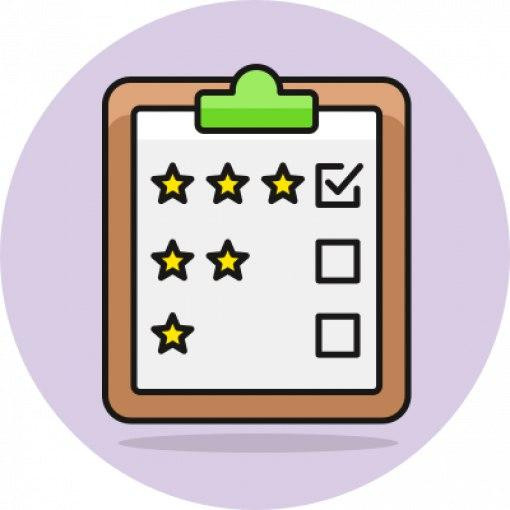
Run product surveys with Chameleon
In-app Microsurveys allow you to capture important user feedback when it's most relevant

